In the age of TikTok and Instagram, it’s no surprise that teeth whitening trends are going viral faster than ever. From using household bleach to brushing with charcoal or baking soda, countless social media beauty myths claim to offer quick fixes for a whiter smile. But behind the aesthetics and likes, these DIY solutions often come with serious risks.As a brand in the oral care industry, it’s crucial to distinguish fact from fiction—and to align your product development with dentist-approved whitening solutions. In this article, we’ll explore the dangers of DIY methods, examine why viral hacks can harm your brand reputation, and introduce safe teeth whitening alternatives that are both effective and marketable.
Many viral whitening hacks may seem harmless, but they often cause more damage than improvement. Here are some popular examples and why they should be avoided:
Hydrogen peroxide rinses: High concentrations can erode enamel and irritate gums.
Charcoal powders: While trendy, charcoal is abrasive and can wear down tooth enamel over time.
Lemon juice and baking soda: The acidic reaction can damage enamel, increasing sensitivity and decay risk.
These DIY teeth whitening dangers not only put users at risk but can also lead to liability issues if associated with your brand. Educating your customers and offering clinically safe alternatives is a far more sustainable approach.
LED teeth whitening devices have become a go-to solution for at-home whitening—but not all are created equal. Many low-cost LED kits on the market lack regulatory approval, safe gel formulations, or proper instructions. However, high-quality, FDA-cleared systems that combine blue LED light with dentist-approved whitening gel offer a safe and effective option for brands seeking innovation without compromising user health.
For manufacturers and brand owners, it’s important to:
Partner with certified OEM/ODM factories with experience in LED technology.
Ensure gels use approved peroxide levels.
Offer clear, multilingual instructions and safety labeling.

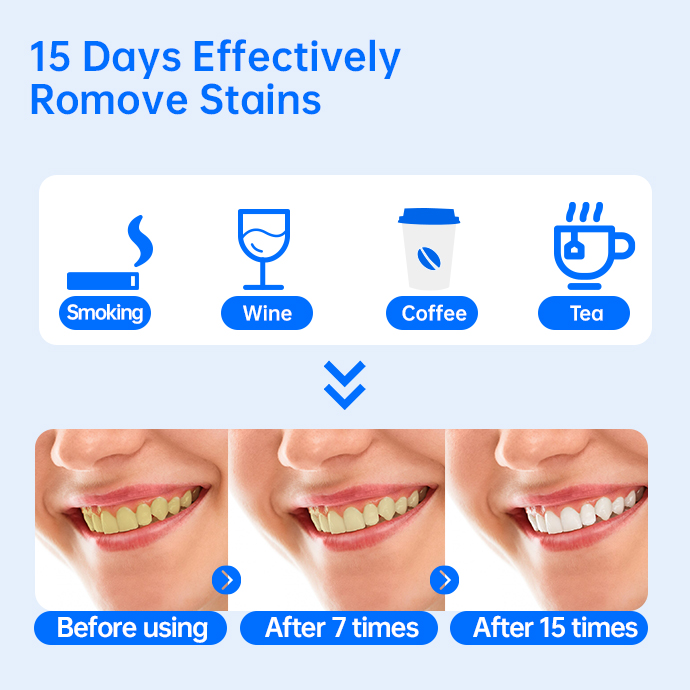
Another market favorite is the teeth whitening pen—a sleek, portable solution ideal for on-the-go consumers. This product appeals to a wide demographic and offers strong brand opportunities when:
Formulated with safe teeth whitening alternatives, such as low-dose peroxide or PAP (Phthalimidoperoxycaproic acid).
Designed with soft brushes for gentle application.
Packaged attractively and offered in customizable flavors or branding.
For private label or branded product lines, whitening pens represent a low-barrier, high-margin entry point into the cosmetic oral care category.
Amid misinformation and overhyped TikTok trends, dentist-approved whitening products stand out as trustworthy, effective, and scientifically validated. By aligning your offerings with clinical studies and dental industry recommendations, you can build consumer trust and position your brand for long-term growth.
Look for manufacturers that:
Offer clinical testing reports and CE/FDA certifications.
Can produce whitening products that comply with EU/US safety regulations.
Support custom formulations that are enamel-safe and sensitivity-reducing.
In the fast-moving world of teeth whitening trends, it’s tempting to follow the buzz. But the smartest brands focus on long-term safety, clinical results, and user trust—not short-term virality.
By avoiding the trap of social media beauty myths and promoting safe teeth whitening alternatives, such as regulated LED teeth whitening devices and gentle teeth whitening pens, your brand can meet modern consumer expectations while staying grounded in science.
Looking for a trusted OEM or private-label oral care manufacturer? Choose a partner who understands both innovation and safety—so you can offer whitening solutions your customers will love, and dentists will recommend.https://www.powsmart.com/contact-us/
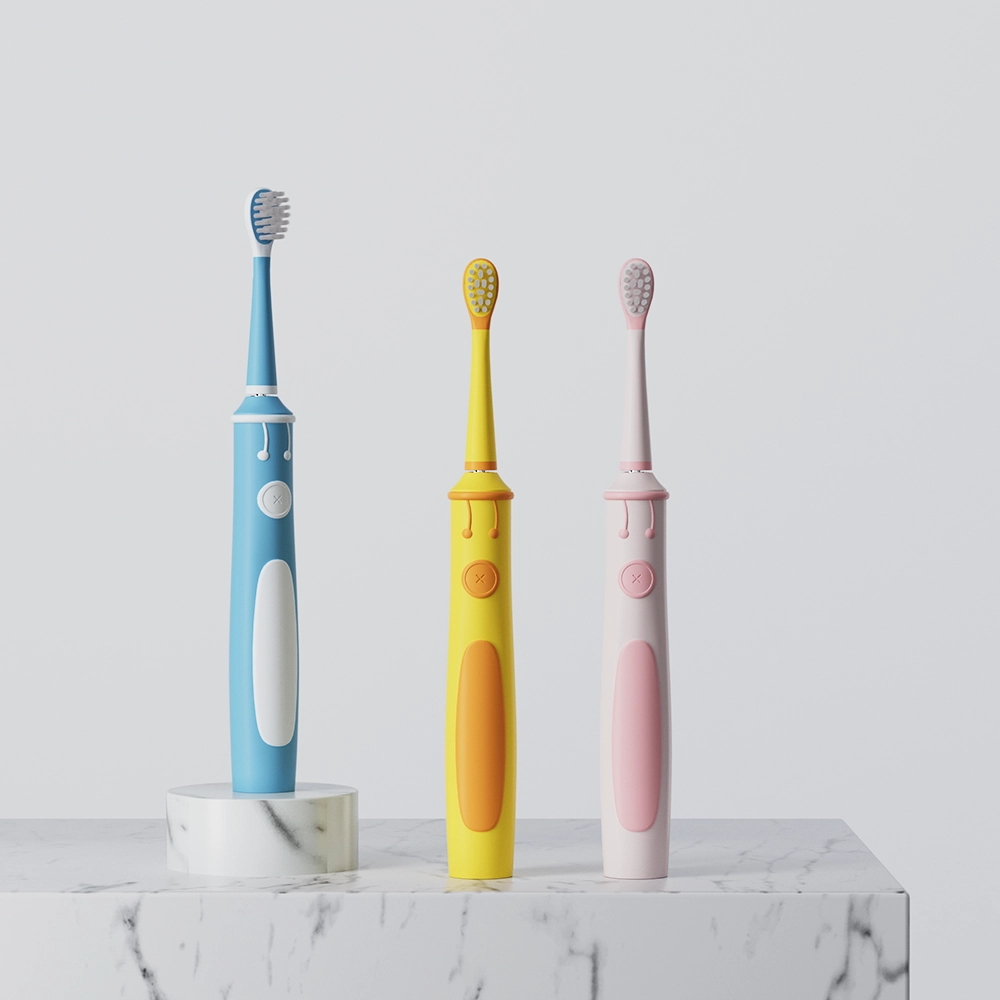
What’s Driving the Oral Care Industry Now?
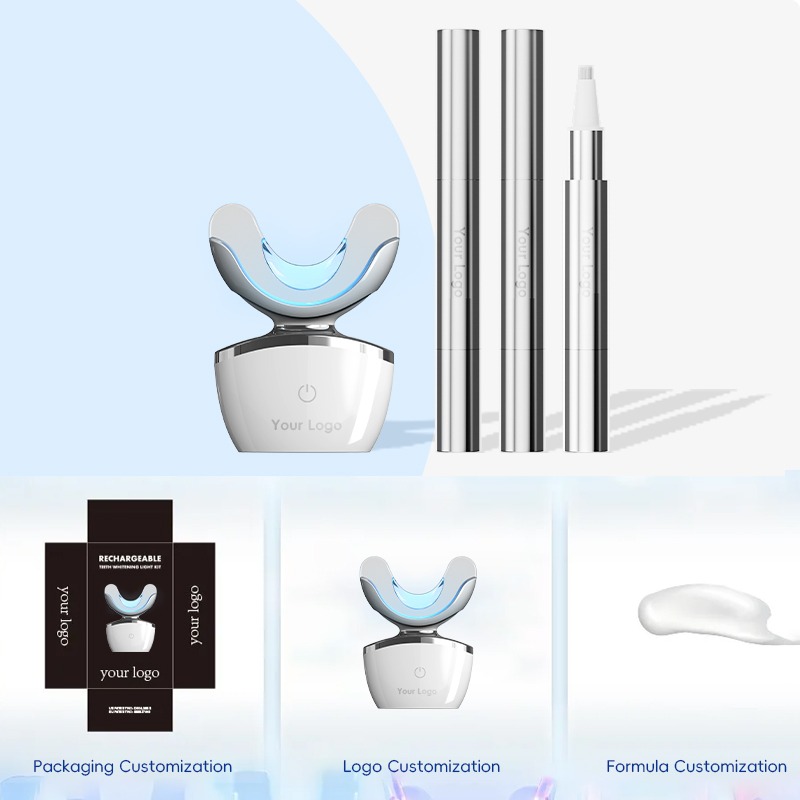
How Long Do Teeth Whitening Gel and Trays Last?
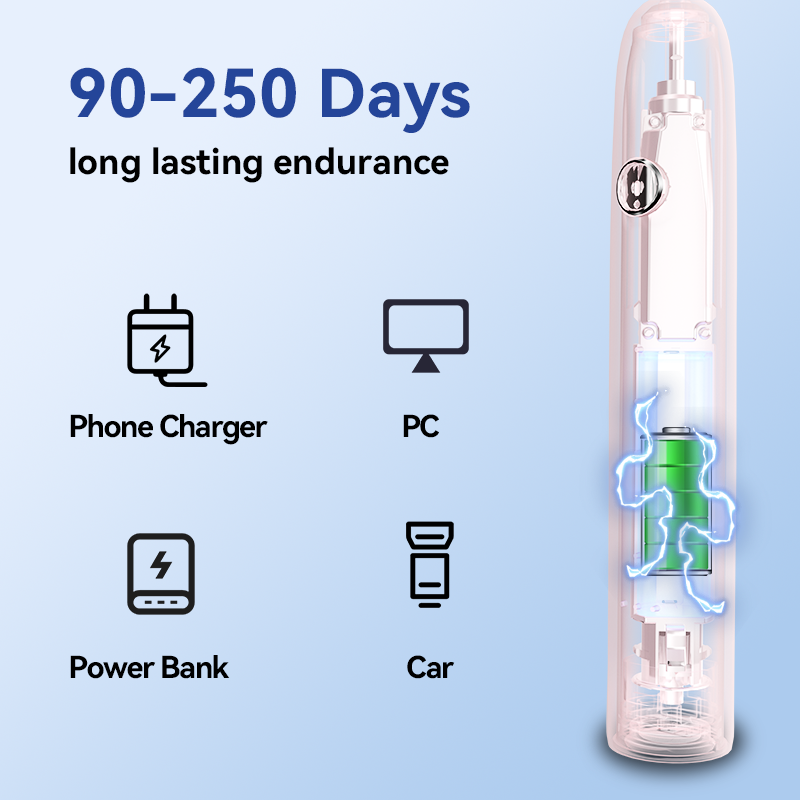
Want Hollywood smiles? Dental veneers via cosmetic dentistry — worth it?
-1-scaled.png)
How Red Light Therapy Boosts Gum Health in Advanced Oral Care Products
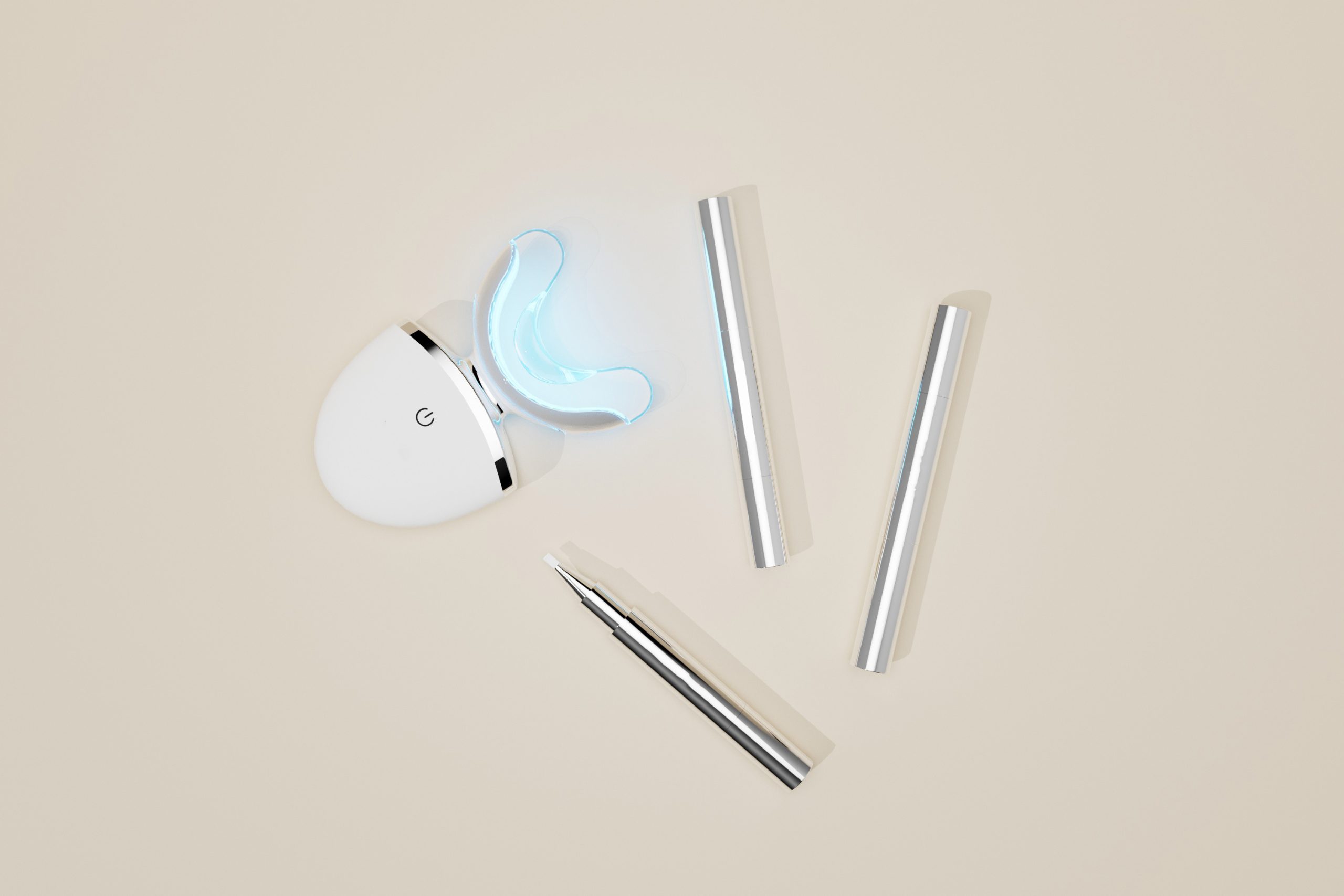
Can Teeth Whitening Gel Be Used Alone to Whiten Teeth?
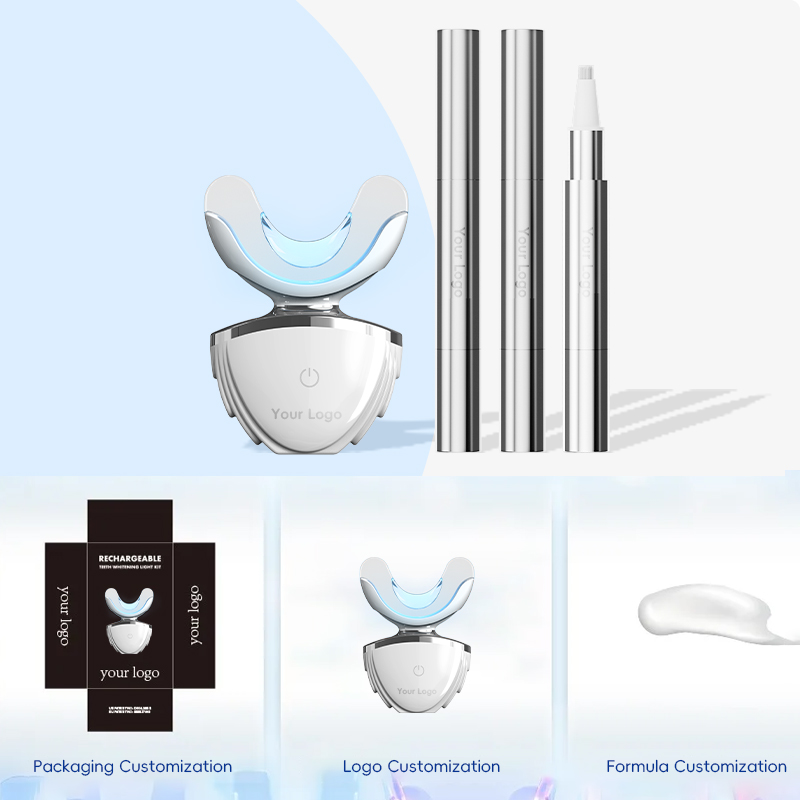
Tips to Select the Best Teeth Whitening Refill Kits Factories
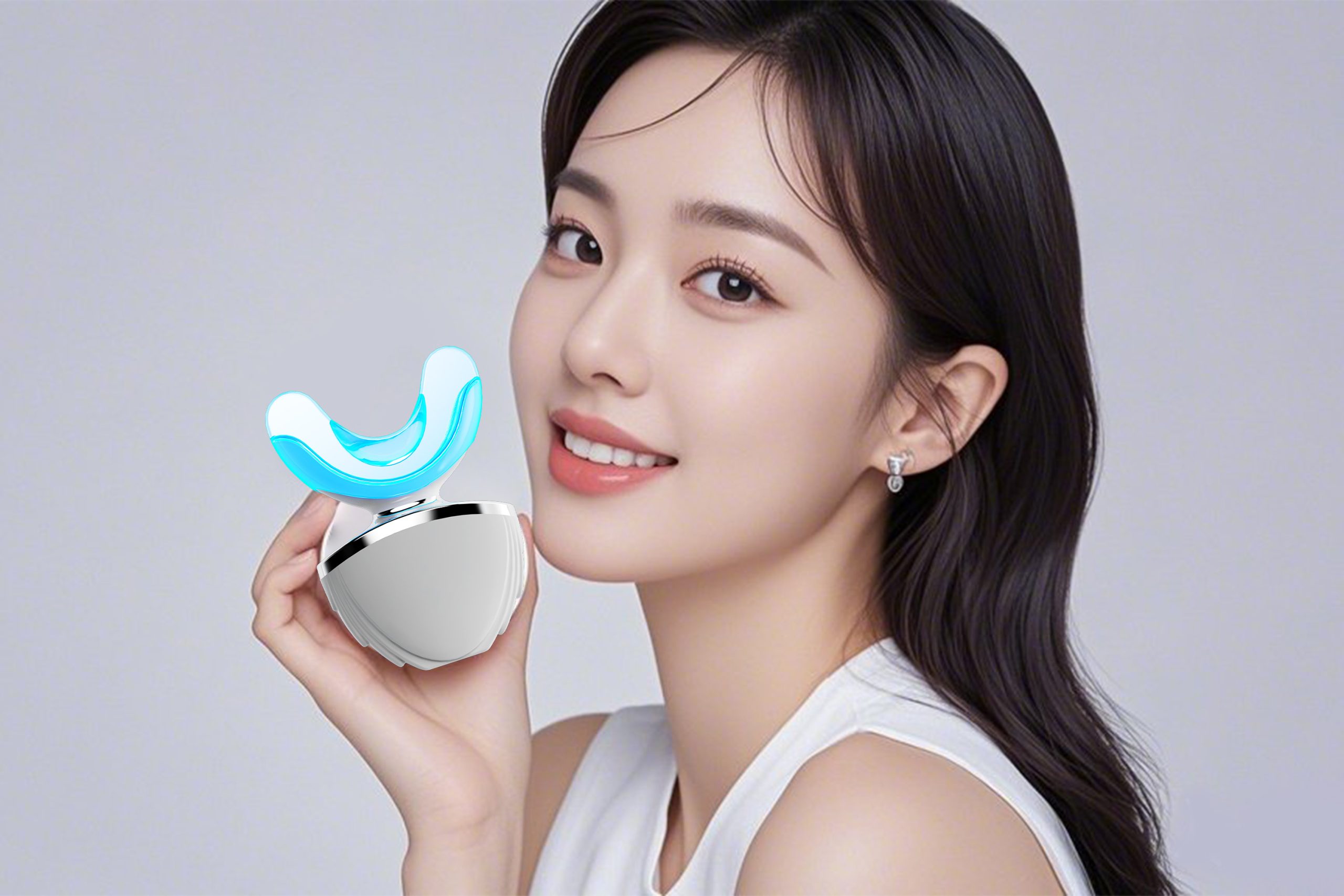
Market Analysis of Red and Blue Light Teeth Whitening Devices: How to Find a Teeth Whitening Device Breakthrough in Differentiated Technology?
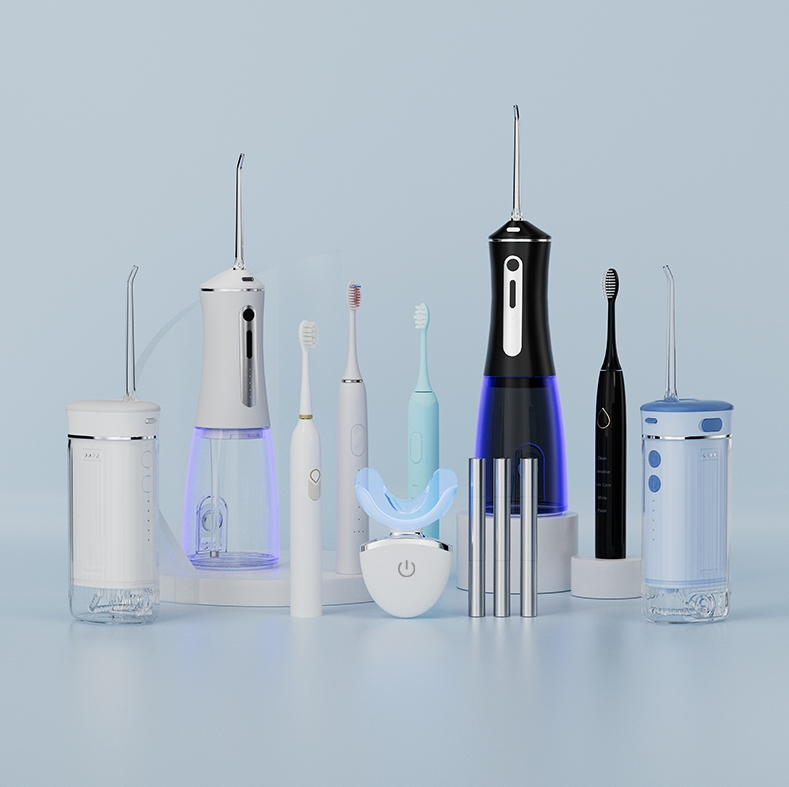
Solving the Common Issues of New Teeth Whitening Devices: Smart Countdown + How to Reduce 70% of Misoperations?

Targeting Niche Markets with Customized Oral Care: OEM Strategies for Brands
.jpg)
Does Teeth whitening gel guarantee Professional results?
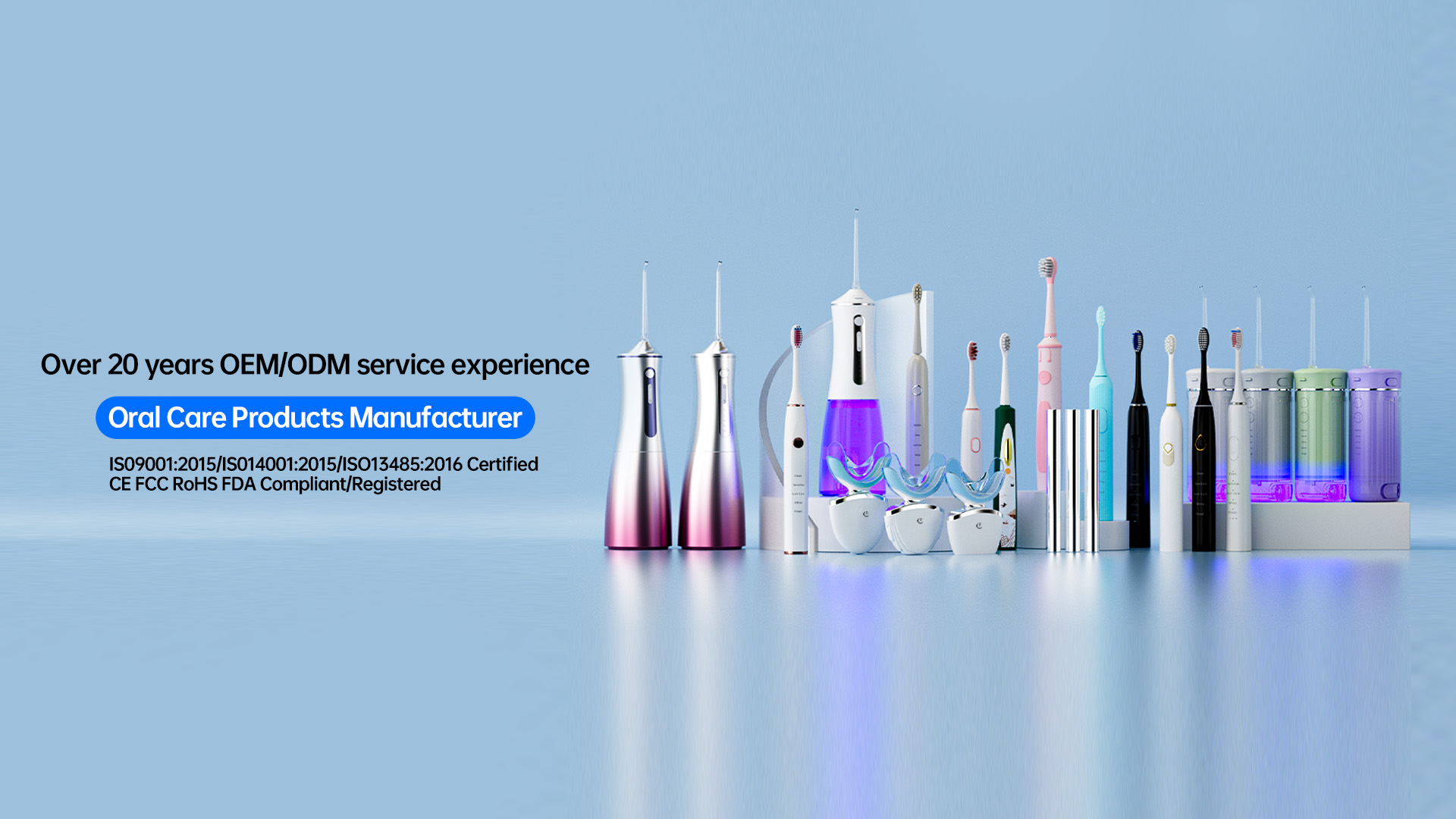
What are the Basic Procedures for Customizing Teeth Whitening Kits?

Uncovering Dentistry: Scientific Methods and Techniques for Whiter Teeth

The evolution history of electric toothbrushes
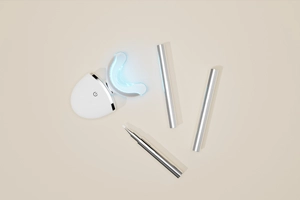
What’s Wrong with My Teeth Whitening Light Not Working?
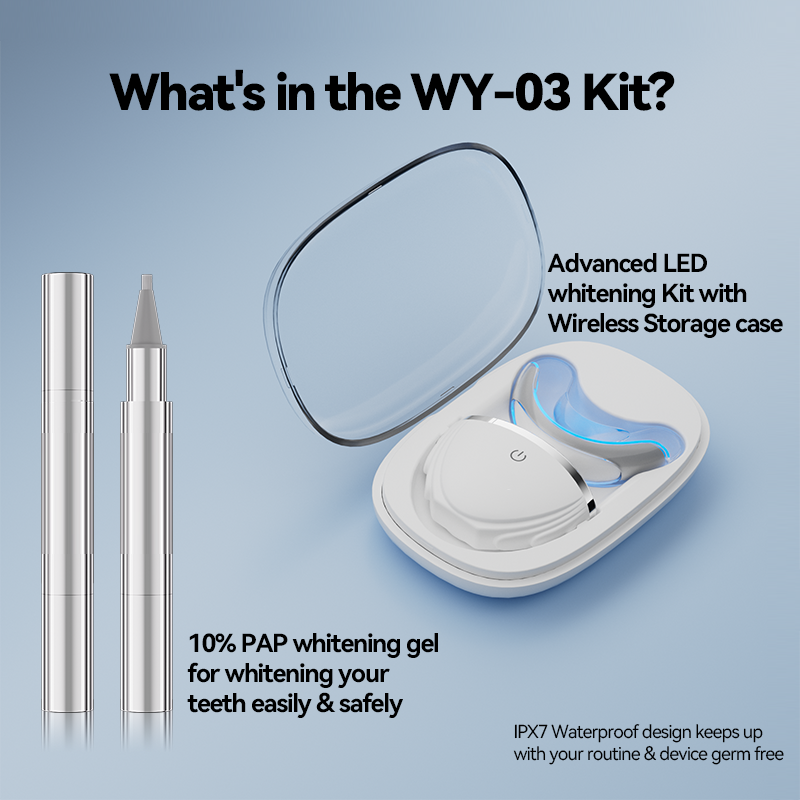
OEM of Teeth Whitening Device: A Complete Solution from LOGO Printing to Light Wave Mode Customization

How to get the best MOQ to start a private label water flosser business

electric toothbrush heads Deep Clean

electric toothbrush heads Charcoal Infuse-Round
.jpg)
Florida Electric Toothbrush – Powsmart PTR-C8

Customization Teeth Whitening Gel

electric toothbrush heads Ultra Soft

Private Label Whitening Gel

Electric toothbrush heads Charcoal Infused-Diamond

electric toothbrush heads Regular Clean
whstapp
whstapp
National Toll-Free Service Hotline
+86 755 86238638